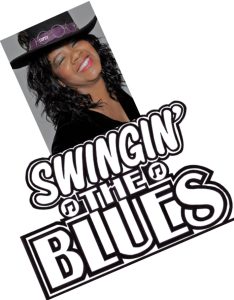
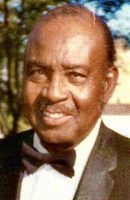 Eddie Durham was born in 1906 in San Marcos, a small country horse and wagon town established in 1808 and located in Hays County, Texas, in the isolated southwestern United States. It was founded, among others, by Colonel John L. Durham. One of the many famous guns with Barry Durhams that followed was Eddie’s paternal grandfather. Berry Durham, Sr. was born in 1810. He co-founded a seminal school for Negroes in Texas.
Eddie Durham was born in 1906 in San Marcos, a small country horse and wagon town established in 1808 and located in Hays County, Texas, in the isolated southwestern United States. It was founded, among others, by Colonel John L. Durham. One of the many famous guns with Barry Durhams that followed was Eddie’s paternal grandfather. Berry Durham, Sr. was born in 1810. He co-founded a seminal school for Negroes in Texas.
What developments have occurred in San Marcos since then? In 1997, a prison built in the 1800s was converted into the famous Calaboose Museum of African American History, founded by Mrs. Joni Armstead. As a result, Eddie Durham Day was proclaimed in 2003, marking the beginning of the first annual Eddie Durham Festival. In 2006, a Centennial Festival was held at the San Marcos River Stage, where Sam Ash Music Stores (courtesy of Mr. Paul Ash) displayed Eddie Durham’s Centennial Guitars. In 2020, the census population of San Marcos was 67,553, including 37,800 students attending its own university.
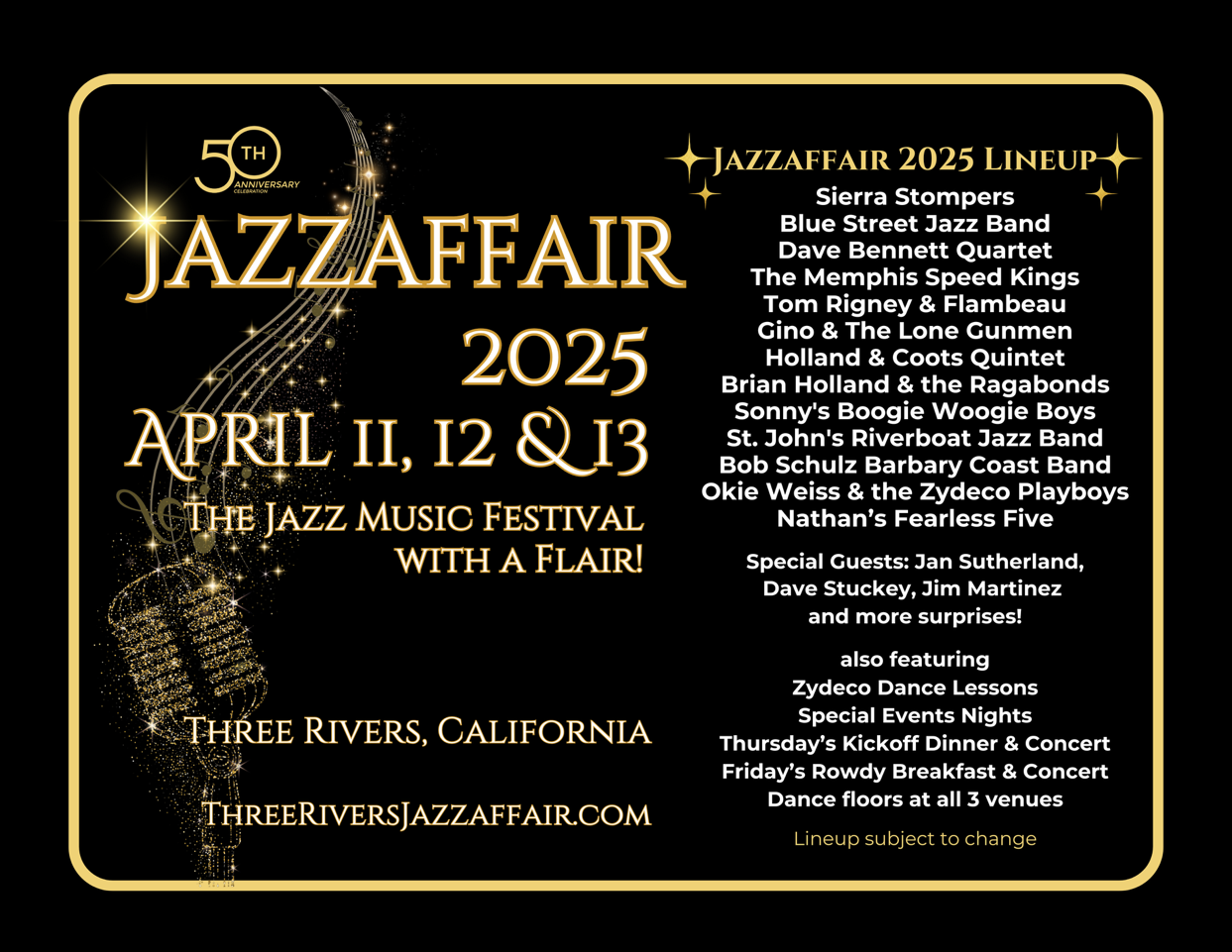
The Eddy Durham Park and Pavilion ribbon cutting ceremony was on August 13, 2013. The Eddy Durham Park Walkway mimics the shape of a guitar with stationary instruments that can be played along it. The park is across the street from the Calaboose Museum and next to the Ulysses Cephas House, both of which offer plenty of souvenirs, in an air-conditioned indoor relief from the outdoor October heat of the park festival.
The San Marcos Convention and Visitors Bureau proudly boasts of its native son: “The Calaboose African American Museum is dedicated to African American history and culture in San Marcos and Hays County…Durham is considered one of the pioneers of the electric guitar in jazz…”
I’m Topsy M. Durham, president of Eddie Durham Swing Music Publishing, author of the Swingin’ the Blues series of Eddie Durham biographies, and co-founder of the annual Eddie Durham Music Festival. I am pleased to write this article for The syncopated tenses. Their efforts are invaluable because they champion many forgotten heroes of jazz who are otherwise unsung. This article serves only as a small glimpse into my detailed books, where there are many more photos and stories.

Key influencers such as Stanley Dance, Paul Ash, Johnny Armstead, Linda Kelsey-Jones; and others who were directly mentored by Eddie, such as Sarah McLawler, Phil Schaap, Loren Schoenberg, Dan Morgenstern, and my family, decided that Eddie Durham would not be left out of music history, as it seemed on a deliberate, scandalous level.
Trying to calm my soul, I intended to write a book to correct my father’s historical omissions. I quickly discovered that it was impossible to describe in one book the many aspects of his astonishing contribution, which were vastly different for one human being. Also, the internet and YouTube were in their infancy, but have boomed dramatically since 2010. When the deadly COVID-19 crippled the world, one unexpected result was plenty of time to use unlocked resources from libraries and institutions online.
As Eddie’s daughter, I (along with my four siblings) shared the wisdom of an older parent with the strict discipline of a younger parent. Our mother Lillian was 25 years younger than our father. Due to her mother’s death during childbirth, she was adopted, and her upbringing was a nightmare. Maybe that’s why she married a much older man who, based on his fame at the time, could provide for her. They met in Harlem.
Why is Eddie Durham’s story special? He was an early and late bloomer. His father, Joseph Durham, Sr., born in 1872, was of African-American, Cherokee, and Irish descent—hence the surname Durham. He became an usurper, a broncobuster, a jockey (trotters/pacers) and in particular he was the town fiddler. He made himself a violin out of horse hair and a cigar box. Eddie and his brothers accompanied their father to his performances and participated in some form of attempt to amplify his fiddle with rattlesnake rattles. From an early age, Eddie was exposed to making or customizing his own instrument and amplifying it. Eddie’s mother, Luella, was of Mohawk descent.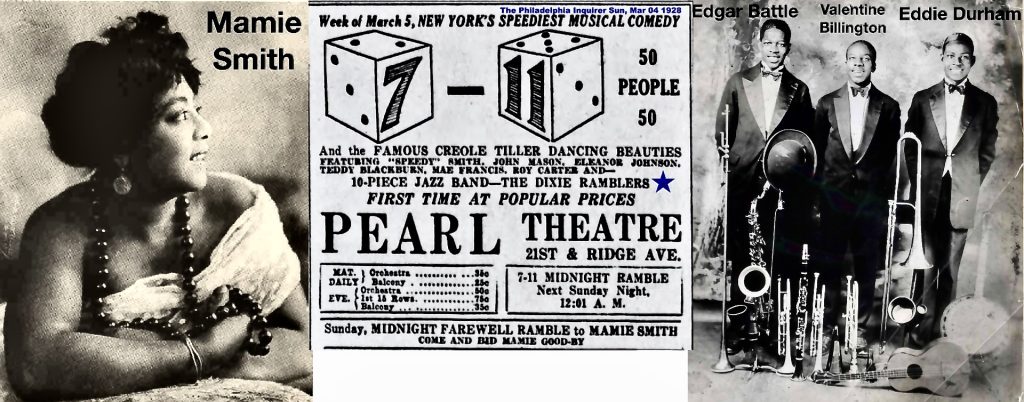
The Durham Brothers Orchestra (DBO) consisted of four brothers: Joe Jr. (tuba, trumpet, fiddle/violin, piano), Earl (tenor/baritone sax and clarinet), Eddie (banjo, guitar, valve and slide trombone), Roosevelt (violin/violin, piano, vocals); Three cousins: Alan (trombone) and Clyde (bass horn/tuba) and Herschel Evans (tenor/alto sax). Family friend Edgar Battle (trumpet) soon joined. They toured together as The Durham Brothers (Jazzy) Orchestra and later as Edgar Battle’s Dixie Ramblers from 1916-1929. They performed in school, but during school breaks they supported traveling territory and national shows such as Mitchell’s Joy, J. Doug Morgan’s Traveling Dramatic Show, The 101 Wild Ranch Circus’ Negro Brass Band and Minstrel Show, The Mamie Smith 7-11 Show , Elmer Payne’s 10 Royal Americans and [drummer] Eugene Coy and his 12 black aces.
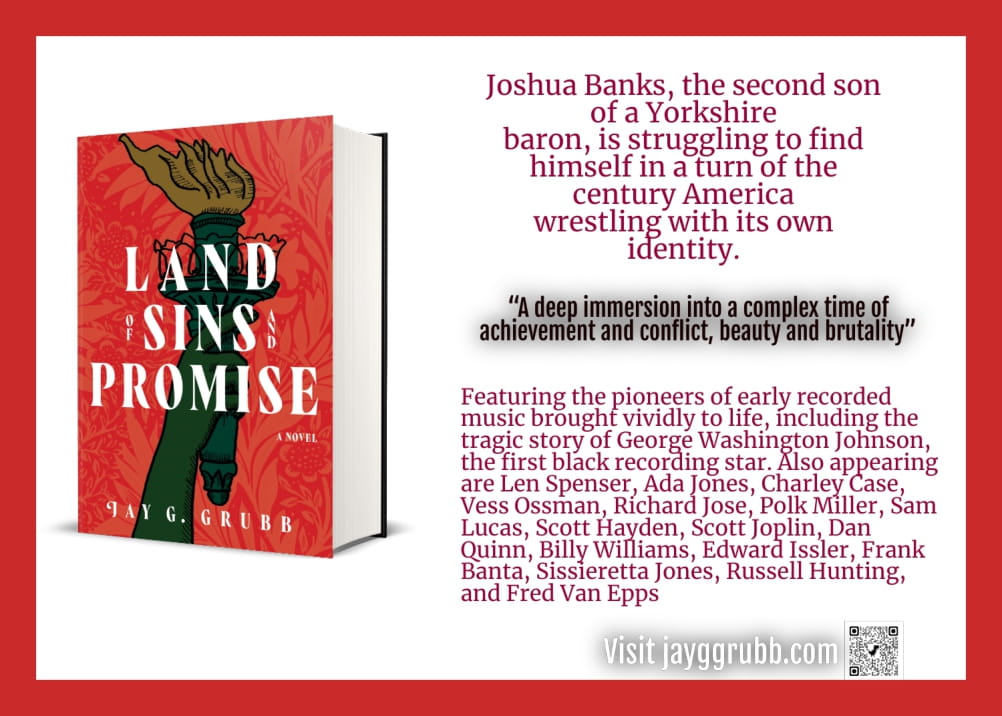
Eddie dominated as a musician, composer, arranger, spiritual choreographer, musical director and mentor; the first to record hits on both acoustic and electric guitar, the first to lead all-girl bands, he built his own drum bar and amp, was a trombonist (slide and valve), and most surprisingly, we find him as a pianist with The Four Debs singing quartet. Even 1000 pages in a book could not cover the story of Eddie Durham. His talent directly influenced the success of perhaps every orchestra of the 1930s and 1940s, except perhaps five.

